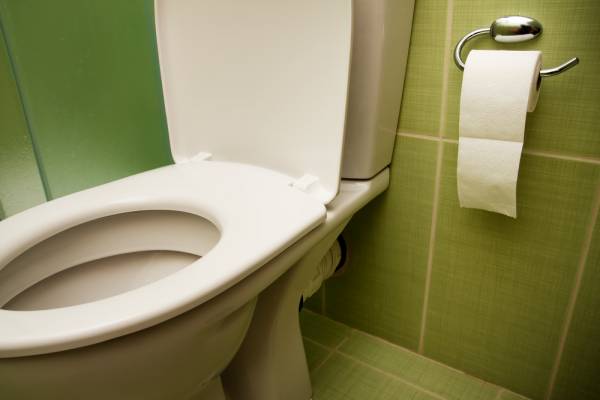The average amount a human bladder holds approximately 700ml. Urine has a higher specific gravity than water due to the minerals contained within, with a specific gravity of typically 1.02. Meaning, our 700ml has a weight of 714 grams.
When running with a full bladder, this means we are carrying an extra 714 grams. The average amount of urine per void is approximately 400ml. That reduces the weight we carry when running by approximately 410 grams.
But that is not what this article is about. Although it would make for an interesting study.
Creating Consistency in the Non-Running Part of Your Program
Peeing, or going to the toilet, is one of the most consistent things a human, or indeed any animal, does. On average, humans go to the toilet four times per day. It is one of the few things in our lives where consistency is enforced. And in order to become a better runner, consistency is key. Not in terms of running consistently, most people tend to take care of that themselves, but in all of the small things that can make you a better runner.
Very few people are naturally good runners. Most people who take up running later in life have some form of functional issue or imbalance. Drills and functional strength exercises are all important to address these issues and prevent them from becoming chronic injuries. This is where consistency comes in.
Having trained marathon runners for a number of years, most runners seem to have no issue finding time for a long run. They will go out rain, hail, or heat, or happily switch to a treadmill and get up at 4:00am in order to get a run in before work. But put ten minutes of functional strength exercises on their program and all of a sudden they run out of time.
Part of this is that these exercises can be mundane and not as enjoyable as running, but another issue is that small sessions can easily fall into the “I’ll do it later” basket, as they don’t require the same scheduling as longer sessions. This often causes these sessions to be skipped, creating the paradoxical situation where the sessions that prevent or rehab injuries (or improves run technique) are skipped and the sessions that cause injury, running with bad technique or biomechanics issues, are prioritized.
The key to ensuring these crucial sessions get done is not to schedule them or to keep telling yourself you must do them. Good intentions aside, this behavior is difficult to change. The key to ensuring these sessions are done is to link them to something you do consistently – going to the toilet. I know it sounds peculiar and my athletes laugh at the concept of a pee workout, but it is surprisingly effective.

How Doing Pee Workouts Makes Me Stronger
Recently I found I had developed a biomechanics issue that was causing Achilles aggravation. The solution was to do a variation of an eccentric calf raise four times a day for ten to fifteen reps. These reps take about sixty seconds – a total of four minutes a day. Trying to remember to do these was difficult, but by linking these to going to the toilet they became automatic and the problem was corrected quickly.
This link doesn’t just have to be for remedial exercises. Last year when wanting to develop a stronger core, I linked using an ab-wheel to toilet breaks. For swimming I put a chin up bar on the toilet doorframe and did ten pull ups whenever I went to the toilet.
In summary, trying, even with the best intentions, to schedule or comply with remedial exercises or drills can be difficult. Linking these instead to something you do regularly makes it far easier to make these part of your routine, enabling you to quickly benefit from these exercises. And in terms of how my chin up prescription went? It’s amazing how much bladder control you develop when you can’t lift your arms above your head.
Photos courtesy of Shutterstock.






